Environmental Commitment
The proof that Best Home Furnishings’ environmental commitment is real can be found in the tangible improvements and creative ideas we put into action. Best’s recycling and reuse efforts are directed by a “Green Team” comprised of employees from diverse backgrounds and responsibilities that work together to continue encouraging new ideas. We measure our progress against goals of ever reducing pounds of landfill waste per seat produced. Below are listed a sampling of the many tangible ways Best puts its’ environmental commitment into action.
RECYCLE AND REUSE
- Wood Shavings and related by-products are recycled for use in local agricultural processes and for manufacturing energy needs. (Approximately 250 semi loads are repurposed each year.)
- Best’s proprietary blended polyester fiber seating system utilizes over 2 Million pounds per year of recycled polyester fiber blended in scientifically monitored ratio with fiber of complementary properties to create a composite fiber system superior to single fiber systems but with a recycling benefit to boot. (Learn more)
- Plastic bag roll cores are recycled as furniture frame components and other creative uses around our factories.
- Waste packaging materials are recycled or given to other Indiana manufacturers for reuse.
- Scrap and surplus leather are marketed, donated and reused to create smaller consumer and craft products.
- Surplus fabric rolls are sold or donated to various markets.
- Metal, foam, polyester padding and cardboard waste are recycled. (Recycled cardboard alone totals over 300 ton per year.)
- Metal components for recliners and chairs are comprised of a variable, but significant, percentage of recycled steel.
- Fabric scraps and cutting waste have proven one of the largest and most challenging waste streams. The vast majority of fabric cutting waste is donated and recycled into insulation pad and related products.
- Cardboard waste and trimmings are recycled by a local recycler.
- Deck pad trimmings are baled and recycled.
- Office waste comprised of computer, office, newspaper is recycled.
- Used wood skids are recycled for reconstruction and mulch.
- Fleet engine oils are recycled.
- Reusable transport totes for metal components have been employed with Best’s suppliers.
- Some cardboard cartons are reused for the transportation and handling of furniture components.
- Recycling stations are set up at the company’s lodge and training center and throughout the plants and offices, so that employees and guests can voluntarily recycle other wastes including aluminum, plastic and paper.
CONSERVATION
- Best Home Furnishings partners with Hoosier Energy to feature renewable energy as a component of electrical power needs. Learn more about Hoosier Energy’s renewable energy strategies and solar facilities by following the hi-lighted links.
- Best partnered with the American Home Furnishings Alliance in support of the US EPA’s enactment of uniform regulation of formaldehyde emissions from composite wood products, hardwood plywood and medium density fiber board. The regulations are contained within the Toxic Substance Control Act Title VI and help protect air quality within consumer’s homes, as well as, employees in the workplace. Learn more from the informational resources maintained by the American Home Furnishings Alliance. (https://www.ahfa.us/regulatory-template/formaldehyde)
- Best complied 16 months before required with the CARB ATCM 93120 Phases 1 & 2 (California Air Resources Board/Airborne Toxic Control Measure) which places restrictions on the formaldehyde emissions from composite wood products. Learn more by visiting the American Home Furnishings Alliance Information page. (https://www.ahfa.us/regulatory-template/flame-retardants)
- Fire retardant agents have been eliminated from the polyurethane foams of Best products while still complying with all fire safety standards, in the process removing a potential cause of health concerns. Visit American Home Furnishings Alliance page.
- Best has worked with our suppliers to avoid use of chemical compounds with potential health concerns and comply with the standards of the State of California’s Proposition 65.
- Best has become a participant in the Indiana Department of Environmental Management’s “Voluntary Idle-Reduction Program” or VIP. The program involves installation of idle reduction equipment and implementation of policies and communication to reduce idling throughout Best’s business. See IDEM certification announcement.
- Auxiliary Power Units (APUs) installed in conjunction with IDEM’s VIP have contributed to reduced idle time in Best’s over the road truck fleet from as high as 48% to an average of 6% saving fuel and slashing wasteful emissions.
- Best complied 16 months before required with the CARB ATCM 93120 Phases 1 & 2 (California Air Resources Board/Airborne Toxic Control Measure) which places restrictions on the formaldehyde emissions from composite wood products.
- Best has established institutional controls to assure compliance with the Lacey Act which was expanded in scope in 2008 to address wood products and conservation of protected species and forests globally.
- Glues used to adhere foam and padding to furniture frames are water-based and have been Green Guard Certified. https://www.simalfa.com/company/greenpolicy
- Electronic manufacturing processes have been implemented that dramatically reduce paper use and waste. Electronic document imaging in office use has significantly reduced paper consumption.
- The company utilizes a variety of conservation techniques and best practices to reduce utility consumption including installation of energy saving LED lighting that resulted in retirement of 2,360 fixtures saving 283,200 kwatts annually and additional conversions by 2020.
- Engineered wood products are selected that are comprised of renewable sources.
- Suppliers for conventional lumber employ modern conservation practices to minimize environmental impact and enhance reforestation processes.
- Logistics networks are designed to minimize the distance product and components travel to reach end consumers
- Employees participate in the State of Indiana’s ‘Adopt a Highway’ program for litter reduction.
- Emissions have been reduced in our woodworking facility to a level lowering permitting requirements to a MSOP (Minor Source Operating Permit).
- Tricycles are widely used in our factories in place of powered vehicles. (aka Pedal Power!)
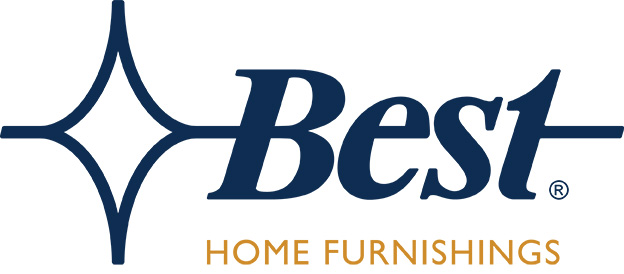
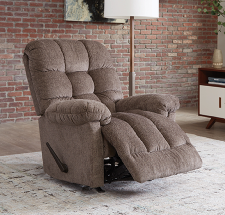
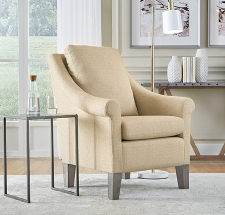
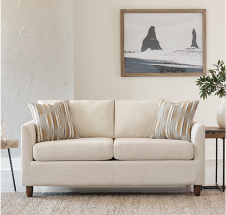
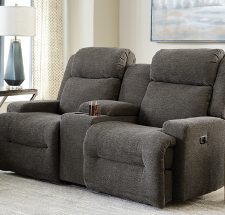
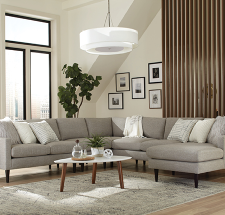
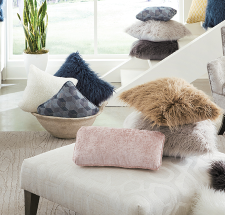
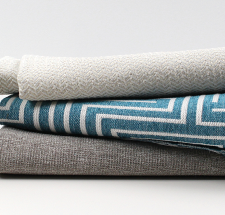
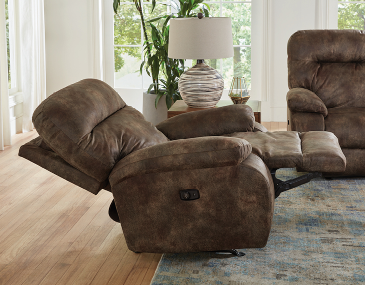
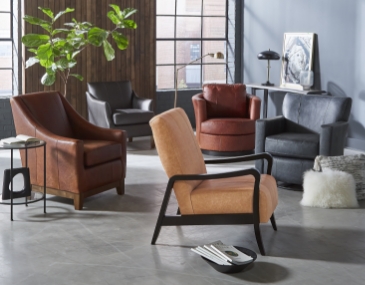
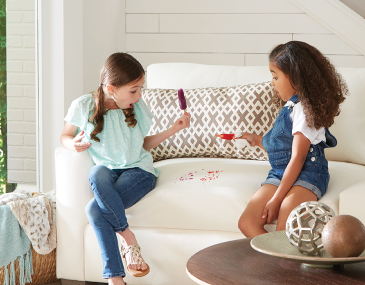
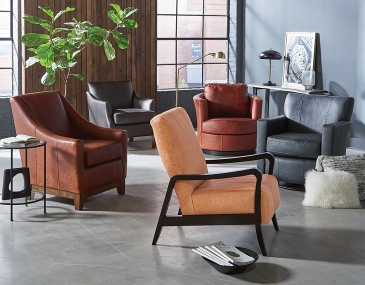
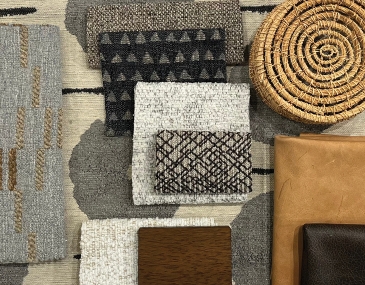
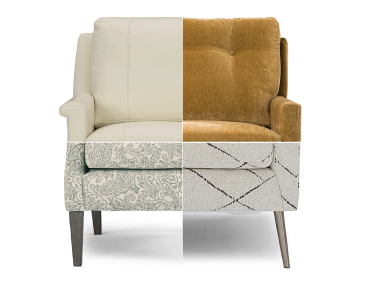
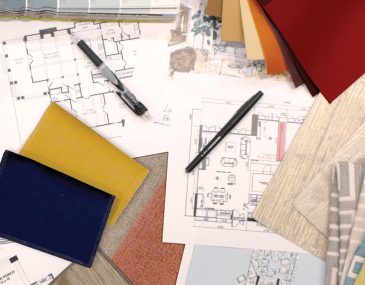
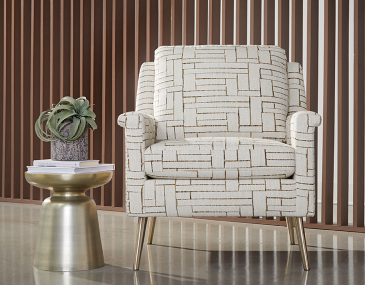
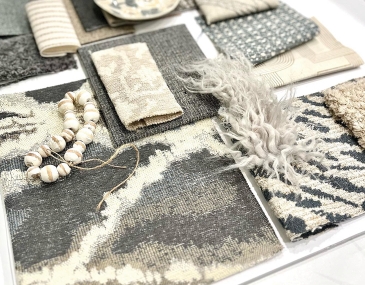


 Favorites
Favorites